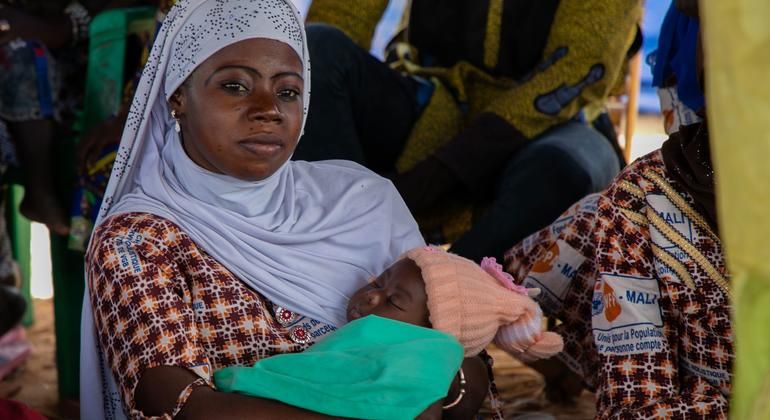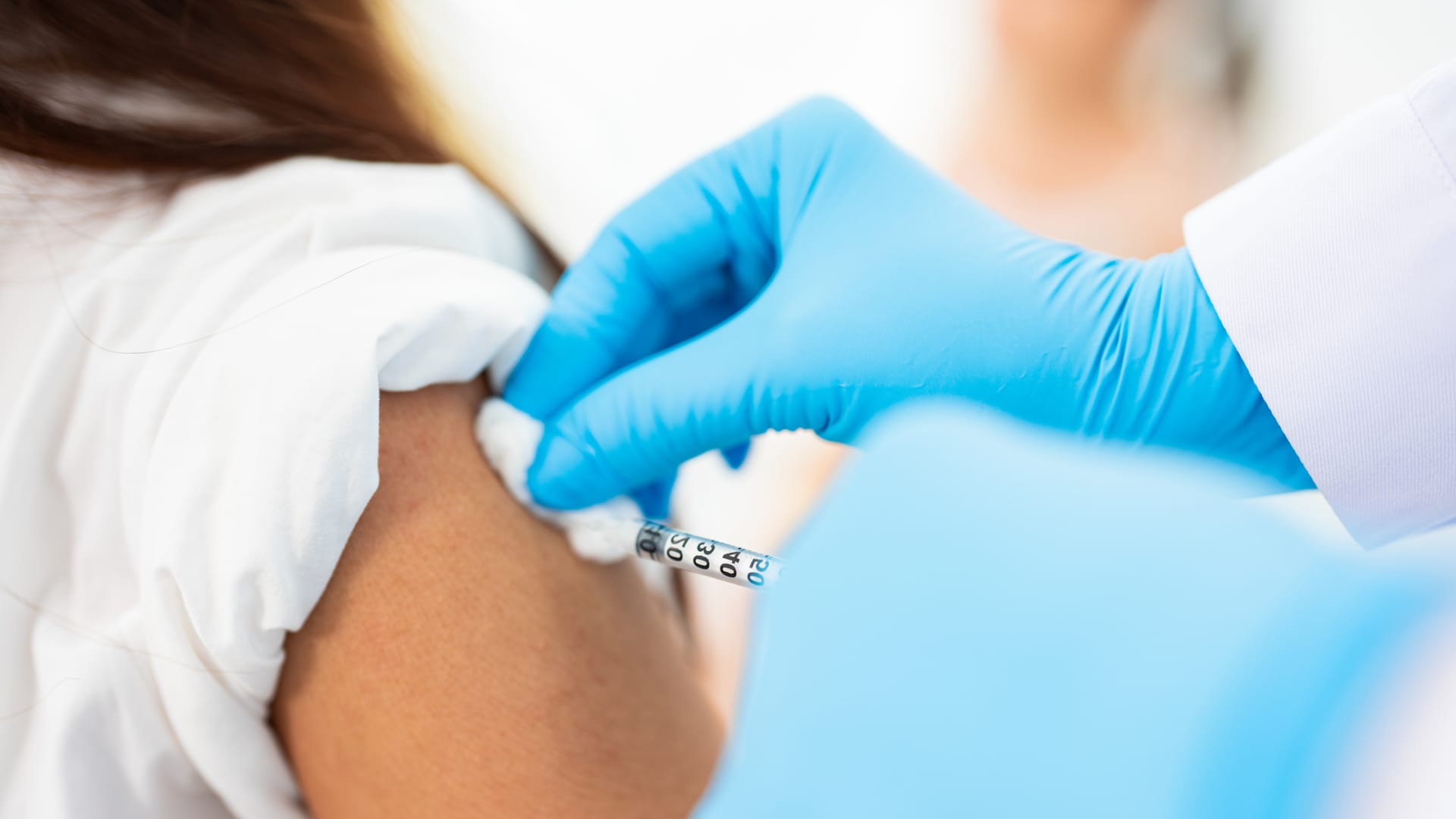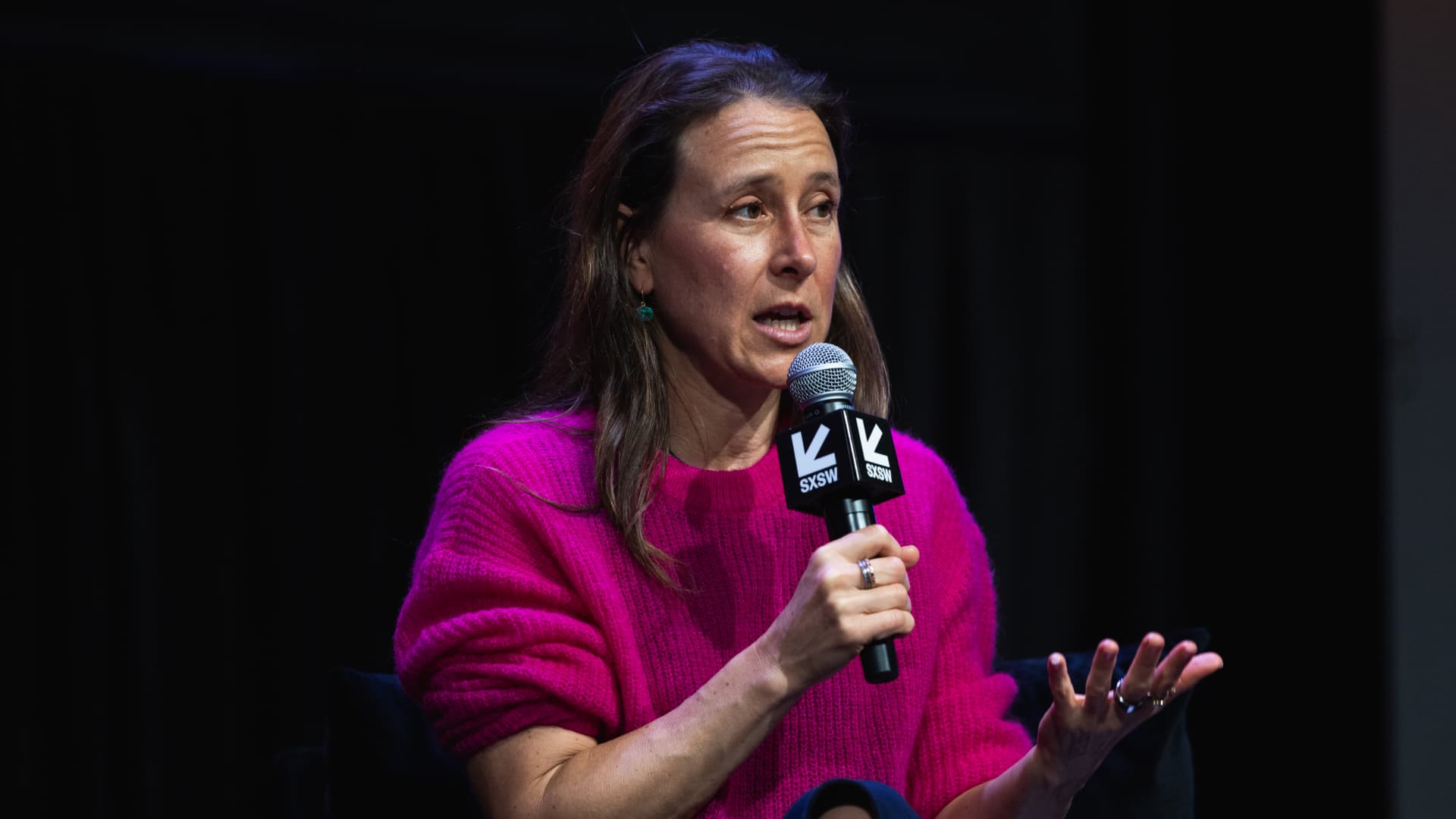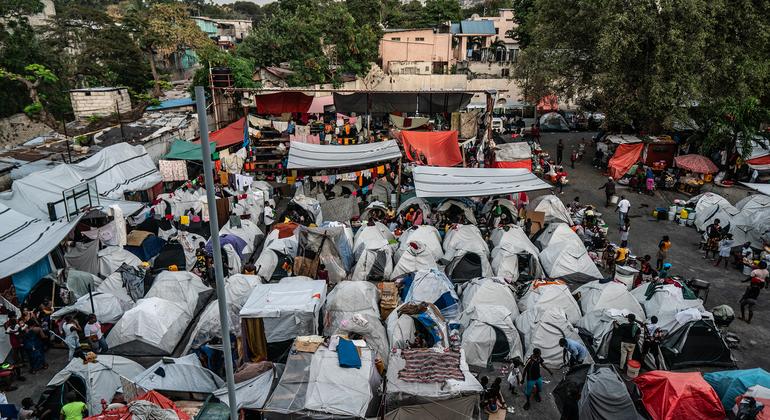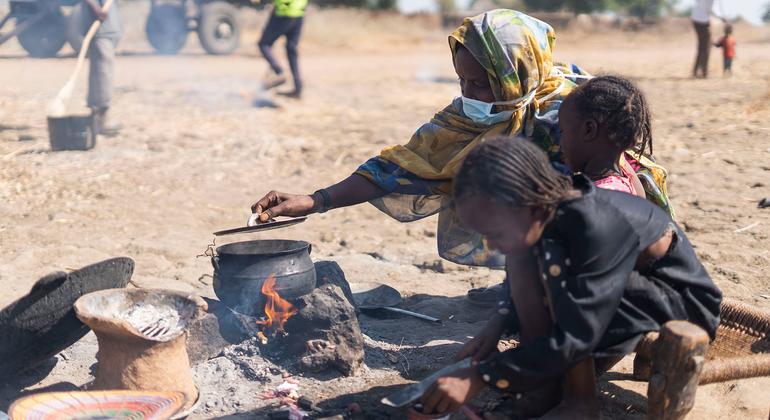In 73 countries, 308 million people now depend on humanitarian aid, a number that continues to increase. Women and girls look disproportionately affected by these crises, facing preventable deaths related to pregnancy, malnutrition and alarming levels of sexual violence.
Despite the growing need, the humanitarian system faces severe financing deficit, threatening services that save lives for women and girls.
Suspended programs
According to a UN survey held between 411 rights organizations of women and women who provide services in areas of crisis, 90 percent has already been reached by fund cuts.
An amazing 51 percent have been forced to suspend programs, including those that support the survivors of gender violence.
Pushed to the edge, almost three quarters of the organizations surveyed also reported that they had to say goodbye to the staff, many at significant levels.
Already without financing even before the recent wave of cuts, women organizations serve as a “life line” for women and girls, particularly in crisis environments.
With these organizations that serve as cornerstones of the humanitarian response, Sofía Calltorp, head of the humanitarian action of the UN women, described the situation as “critical”, since the funds the cuts threaten the essential services and saviors.
Leadership of local women
Despite the growing challenges, women's organizations remain unwavering: “Lead with courage, advocate for their communities and rebuild lives with resilience and determination,” said the UN Gender Equality Agency.
In the light of the findings, UN women recommend prioritizing and tracking direct, flexible and several years to local organizations led by women and women's rights whose work is under threat.
Place the local leadership of women and significant participation in the center is a central pillar of a humanitarian restart. “Supporting them and resources is not only a matter of equality and rights, but also a strategic imperative,” said Mrs. Calltorp.

